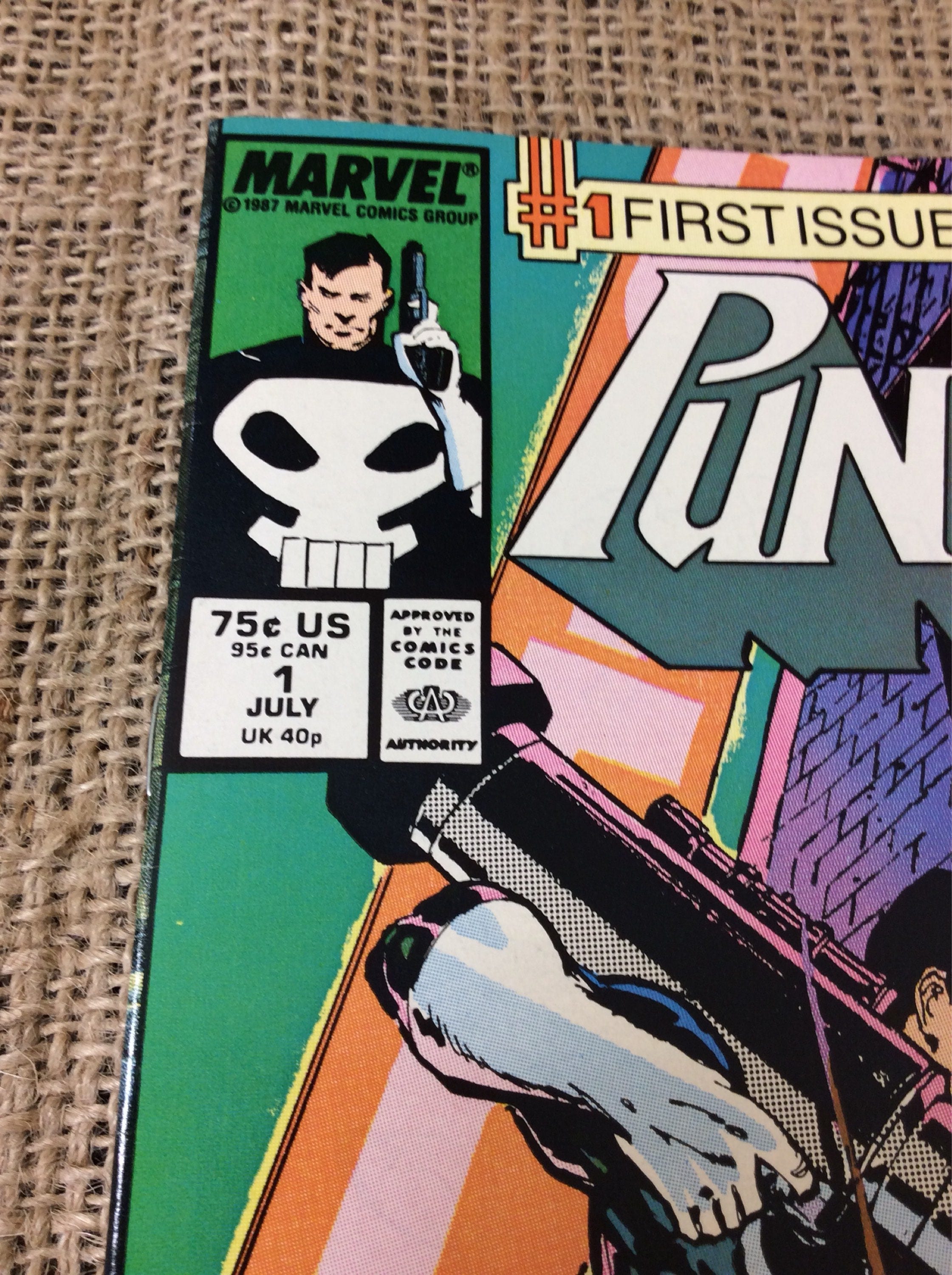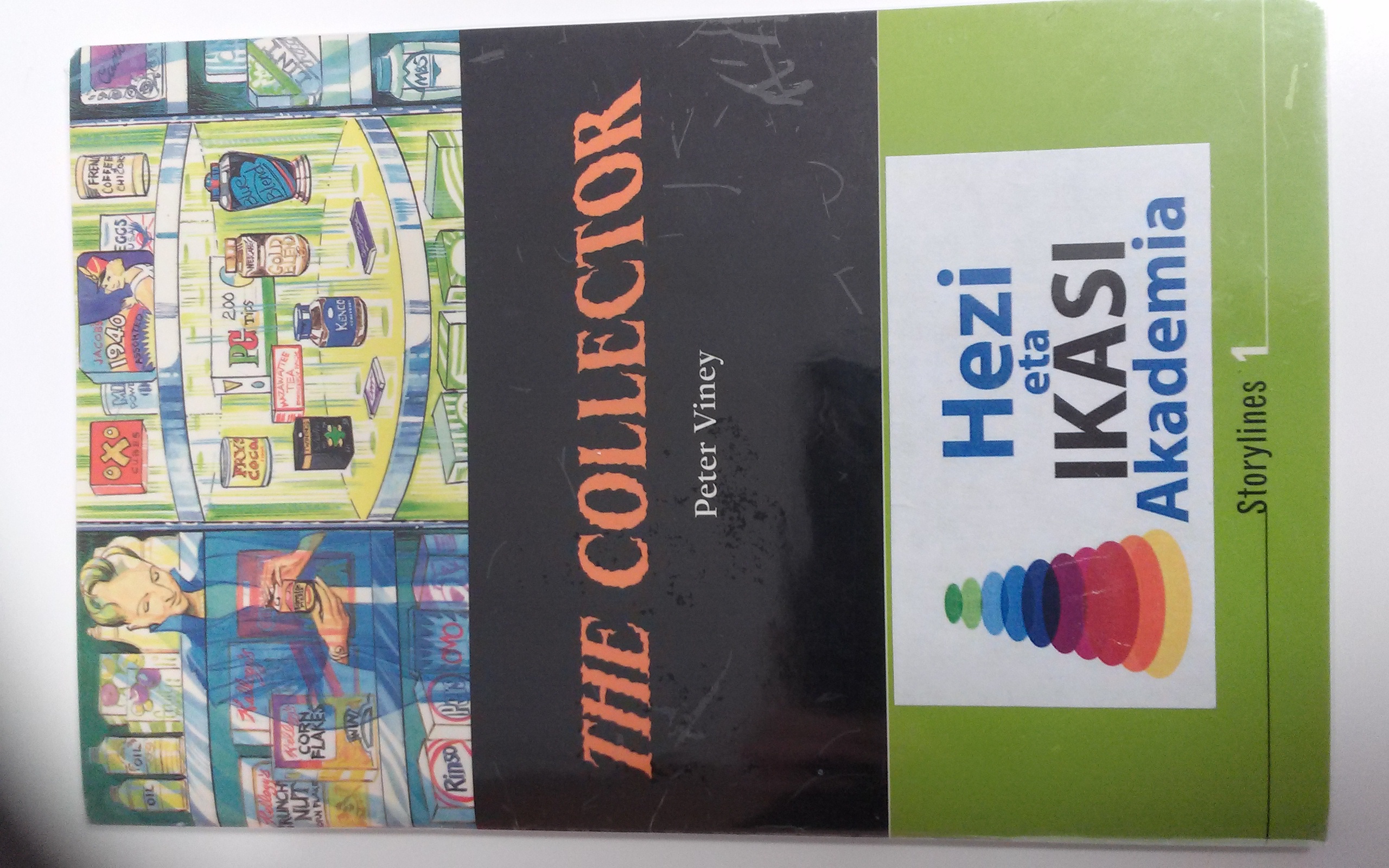

Inflation has hurt demand for discretionary goods of all kinds. When people no longer have as much disposable income, they stop buying discretionary goods because they have to focus on necessities. This is true for all collectibles markets (with video games and sneakers being particularly hard hit in 2022).

The comic book market has contracted over the past six months or so because comics are discretionary goods. Then, in the middle of 2022, the wheels came off. It was amazing how much certain books from various eras increased in value and we came to regret selling off some of our modern keys during the early days of the pandemic (hello Ultimate Fallout # 4). There was a speculative fervour that hasn’t been part of the comic collecting hobby since the early 1990s. Narrowing the discussion to comic books, key issues, as well as variant covers, had a bull run, unlike anything I have seen in my career as a dealer in 20. Comic books, trading cards, sports memorabilia, autographs, video games, sealed VHS tapes, sneakers, vinyl records and rare alcohol are just some examples of the types of collectibles that became extremely hot items among speculators during the first two years of the pandemic. However, in 20 they became more interesting to investors who had access to large amounts of credit and who were looking to diversify their portfolios. Comic books and other collectibles are generally not treated as serious investments in the world of finance.


 0 kommentar(er)
0 kommentar(er)
